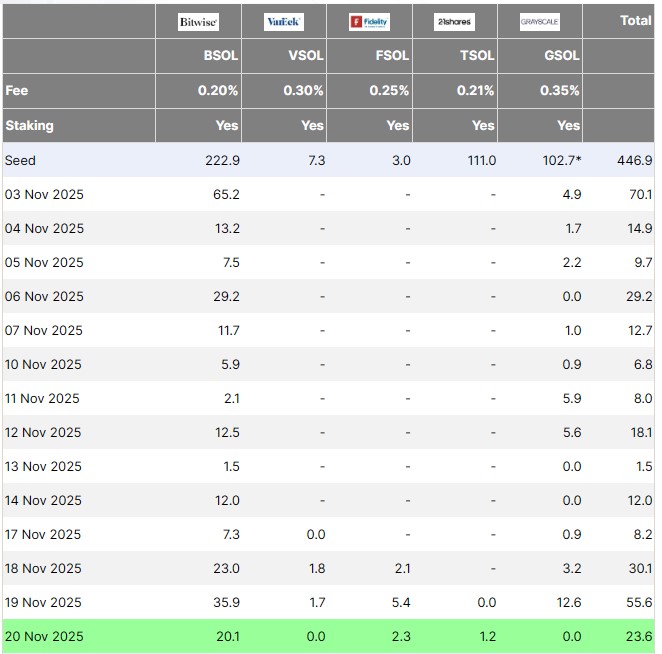Solana’s staking scene is heating up as Jito Labs, VanEck, Bitwise, and other key players are challenging the SEC to greenlight liquid staking within Solana exchange-traded products (ETPs). The appeal could unlock a new wave of investment and yield opportunities for Solana enthusiasts, potentially revolutionizing how the crypto asset is held and traded.
Imagine earning rewards on your crypto while still being able to use it. That’s the magic of liquid staking. Instead of locking up your tokens in traditional staking, you get a “liquid” version – a derivative token – that’s free to roam the DeFi landscape. Trade it, lend it, or use it as collateral. It’s staking, unchained. But beware, this freedom comes with new risks, so tread carefully.
The Solana Policy Institute and Multicoin Capital Management are among those lobbying the SEC, suggesting liquid staking unlocks a hidden advantage: turbocharged capital efficiency. Imagine ETP issuers liberated from the costly burden of forced rebalancing, thanks to the fluidity of staked assets. This isn’t just streamlining; it’s potentially a quantum leap in how crypto investment products operate.
Imagine a future where crypto ETFs face a staking squeeze. Fund managers warn that capping staked assets would trigger costly, constant rebalancing as investors buy and sell. This instability could throw off the ETF’s tracking, hurting returns. The solution? Liquid Staking Tokens (LSTs). Think of them as nimble tools allowing rapid portfolio adjustments, even letting authorized participants use them directly for fund transactions, sidestepping traditional, slower methods.

Jito Labs and other stakeholders’ letter to the US SEC. Source: SEC
Beyond mere upgrades, the letter highlights fortified network defenses, a wider spectrum of investment choices, and a boost in revenue streams for ETP creators. The SEC’s verdict hangs heavy, as the fate of at least nine Solana (SOL) ETPs remains in the balance.
Liquid staking, a tempting gateway to crypto rewards, carries hidden cliffs. That SEC letter? It’s silent on the real dangers: faulty smart contracts ready to exploit vulnerabilities, the dreaded de-pegging events that shatter stability, and the ruthless slashing penalties that can wipe out your holdings. While the SEC tiptoes around liquid staking, offering no clear map (though hinting traditional staking tied to consensusmightescape securities classification), investors navigate a regulatory wilderness, their digital assets vulnerable to unforeseen perils.
Crypto ETP staking a hot-button issue in 2025
Beyond Solana, Ethereum could be the next target for crypto enthusiasts eyeing staking within ETPs. Fund issuers are already knocking on regulators’ doors, pushing for the green light to integrate ETH staking into their offerings.
Just months after its Grayscale bid, Nasdaq is pushing the crypto envelope again. On July 17th, the exchange petitioned the SEC to greenlight staking within BlackRock’s hotly anticipated iShares Ether ETF. Could this move unlock a new era of yield-generating ETFs, or will regulators pump the brakes?
“Fueling the fire, analysts predict staking-enabled Ether ETFs could unlock the floodgates for institutional investment, transforming these funds into major players.”
BlackRock’s Ether ETF: Successful, yes, but “less perfect” without staking, according to digital asset head Robbie Mitchnick in March 2025. The missing ingredient is clearly impacting even this titan’s digital asset foray.
Thanks for reading Push for liquid staking in Solana ETFs gains institutional support


